Jul 01, 2025
A mechanical valve is a type of passive control valve or mechanically actuated valve. It controls the direction, pressure, or flow rate of a fluid—either liquid or gas—through physical actions such as pressing, rotating, or pushing. Mechanical valves are classified as non-automatic control components.They are widely used in pneumatic and hydraulic systems to control equipment movements or switch between different processes.
A mechanical valve is a type of passive control valve or mechanically actuated valve.Fokca is a professional manufacturer of pneumatic products, with customers all over the world. Among them, fokcavalve is a special sales website that specializes in providing valve products.Fokcavalve provide mechanical valve types include:Ball valve,Exhaust valve,Shuttle valve,Hand Sliding valve,Flow control check valve,Check valve,Hand-drow valve,Mechanical valve,Foot valve,Hand-switching valve,Hand valve

A mechanical valve is a type of passive control valve or mechanically actuated valve.A solenoid valve belongs to electrical actuation or more specifically, electromagnetic actuation.There are differences between the two in terms of control methods, cost, maintenance, and applications.
Mechanical Valve: Operated without the need for external signals. It is controlled through mechanical actions such as manual levers, push buttons, or rotation, directly affecting the valve’s opening and closing. It relies on manual or mechanical operation.
Solenoid Valve: Requires an external electrical signal. When the solenoid coil is energized, it generates a magnetic field that drives the valve spool to move, enabling automatic opening and closing. It supports remote control and automation.
Mechanical Valve: Simple structure, low manufacturing cost, suitable for applications with limited budget or low automation requirements.
Solenoid Valve: More complex structure with electromagnetic components, relatively higher cost, but prices are gradually decreasing with technological advancements.
Mechanical Valve: Maintenance is relatively simple, with clear structural components and obvious causes of failure,making disassembly and repair convenient. However, frequent manual operation may lead to faster wear and tear.
Solenoid Valve: Maintenance is more complex and requires specialized knowledge. It is necessary to check for faults in the electromagnetic coil and electronic components regularly.The electrical parts have higher environmental requirements and need periodic inspection of coils and circuits.
Mechanical Valve: Cannot be remotely controlled and has limited operation. Suitable for systems that require manual control or on-site operation, harsh environments, or situations without a power supply. It offers relatively high reliability and durable construction.
Solenoid Valve: Widely used in automated production lines, remote control systems, and complex process flows. It offers fast response and precise control, making it ideal for integrated control systems.

A mechanical valve is a type of passive control valve or mechanically actuated valve.You must know its working principle.
Valve Actuation Methods
Mechanical valves are actuated through physical mechanical motion and do not rely on an external power source. The operating methods include:
Push-button type: When the button is pressed, the internal valve spool moves, changing the fluid passage.
Handle operation: Pushing or pulling the handle shifts the valve spool to achieve directional control.
Rotary knob type: Rotating the knob controls the opening, closing, or switching of the flow direction.
Mechanical linkage actuation: In automated machinery, components such as cams or sliders directly trigger the valve operation.
These actuation methods are suitable for environments without electricity or for applications where high control precision is not required.
Flow Direction Control
Mechanical valves control the flow direction of fluids or gases through their internal structures, such as the valve spool, slider, and flow channels. Depending on the valve type (e.g., 2/2-way, 3/2-way, 5/2-way, etc.), the following control functions can be achieved:
Controlling the on/off flow from the inlet to the outlet
Switching flow direction between multiple channels
Reversing fluid flow or closing it off in a middle position
Flow direction control is achieved by changing the state of internal passages through manual or mechanical operation, resulting in different output pathways.
Sealing Mechanism
To prevent leakage and ensure proper operation, mechanical valves are equipped with various internal sealing structures, including:
Rubber or elastomer seals (such as O-rings and gaskets)
Metal-to-metal seals, achieved through precisely machined contact surfaces
Spring-loaded seals, which use spring pressure to keep the sealing elements tightly pressed against the sealing surfaces
Good sealing performance is essential for preventing fluid leakage and maintaining system pressure, and it is especially critical in high-pressure or high-frequency operation scenarios.
A mechanical valve is a type of passive control valve or mechanically actuated valve.Having common Application as follows:
Factory Automation
Mechanical valves are widely used in automated equipment to control the actions of actuators such as cylinders. On automated assembly lines, mechanical limit valves are used to detect whether a product is in position. When the product triggers the valve stem, the next process is initiated.
Pneumatic Tools
Mechanical valves often serve as trigger switches for pneumatic tools, enabling start-stop control. For example, in a pneumatic impact wrench, when the operator presses the mechanical button valve on the handle, airflow drives the motor to rotate, enabling the fastening or removal of screws.
Press Machine Control Systems
In press machine control systems, mechanical valves mainly control the upward and downward strokes of the press, ensuring synchronization and operational safety.
Safety Interlock Systems
In systems involving personnel safety, mechanical valves are used as interlock devices to ensure that equipment can only operate under specific conditions. For instance, when a machine door is not closed, a mechanical interlock valve can prevent the pneumatic system from operating, protecting maintenance personnel.
A mechanical valve is a type of passive control valve or mechanically actuated valve.It has many advantages as follow.
◆ No electrical source needed
◆ High reliability
◆ Cost-effective
◆ Simple troubleshooting
◆ Maintenance and Troubleshooting
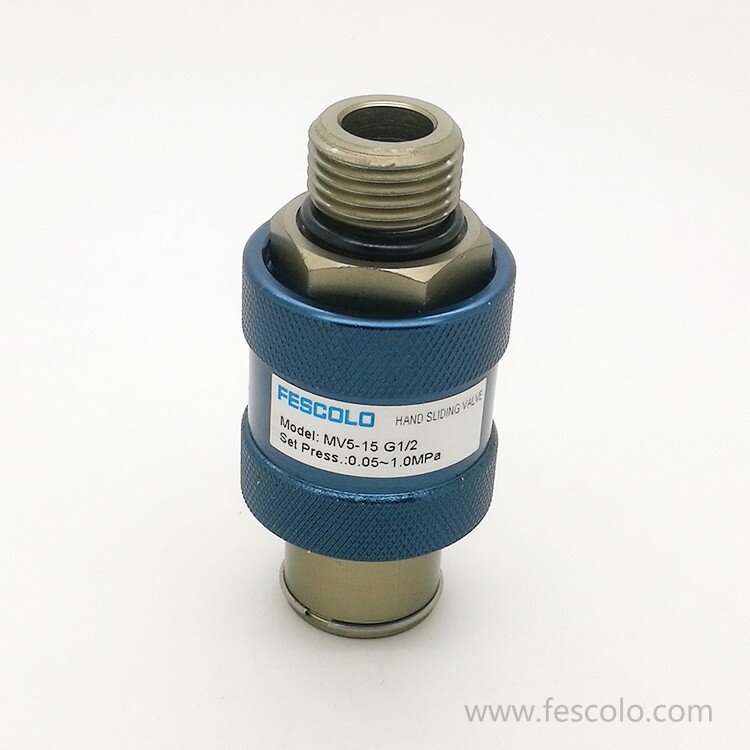
Proper lubrication can extend the service life of mechanical valves by reducing friction and wear:
Use specialized lubricating oil or grease, and regularly lubricate moving parts such as sliders, buttons, and springs. It is recommended to perform maintenance every 3 to 6 months, depending on usage frequency. Avoid excessive lubrication to prevent the accumulation of impurities. In dusty or humid environments, more frequent cleaning and lubrication are advised.
If the valve is stuck, try cleaning the interior and applying lubricant.
If there is air leakage, consider replacing the sealing ring or repairing the sealing surface.
If there is high operating resistance, check and replace the spring or repair related components.
If the valve responds slowly, clean out any debris and inspect the drainage system.
To ensure long-term stable operation of equipment, parts should be replaced regularly.
Common wear parts include sealing rings, springs, buttons, sliders, etc.
Maintain an on-site inventory of commonly used spare parts to allow quick replacements and minimize downtime.
Establish regular maintenance records to track the repair history and replacement cycle of each valve.
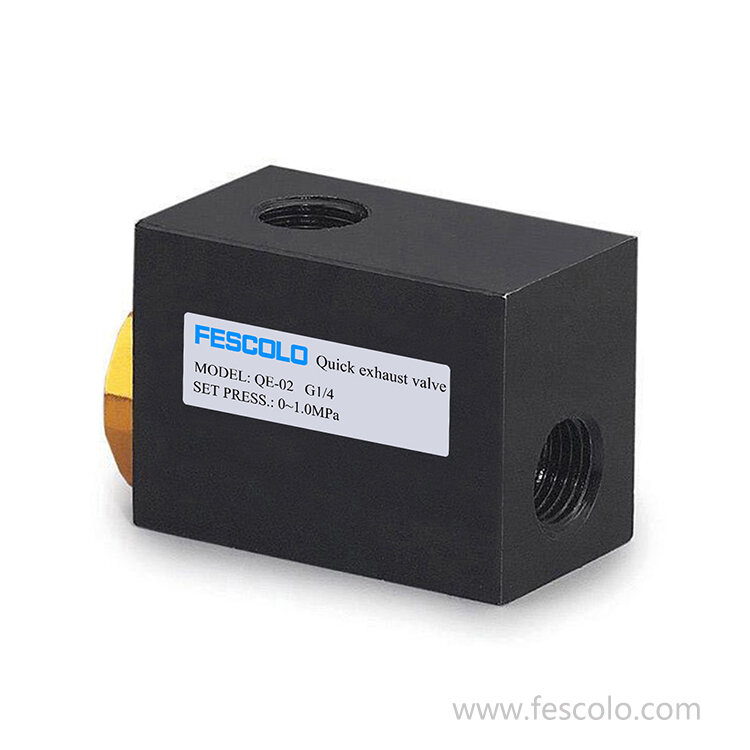
A mechanical valve is a type of passive control valve or mechanically actuated valve.You must follow the maintenance procedures below to ensure proper and effective upkeep, which can reduce future maintenance costs.
Mounting Orientation:When installing mechanical valves, correctly identifying the fluid flow direction is crucial to avoid incorrect connections that may lead to malfunction or system failure.
Connecting with Hoses or Pipes:Proper installation orientation ensures the valve operates sensitively and reliably, extending its service life.
Flow Direction Identification:The method of connection directly affects the sealing performance of the mechanical valve and the stability of the system.
When to Choose Mechanical Valves:Mechanical valves are ideal for applications that do not require external electrical signal control, have limited budgets, or involve harsh environments. They perform especially well in systems requiring simple and direct control, such as on-site operations in factories or manual cylinder control.
Final Thoughts on Durability and Reliability:Mechanical valves feature a robust structure, simple design, low failure rate, easy maintenance, and long service life. They are particularly suitable for applications that demand high stability and infrequent component replacement. Even under harsh working conditions, they can maintain reliable performance, making them a preferred choice for many basic pneumatic systems.
You May Interest In
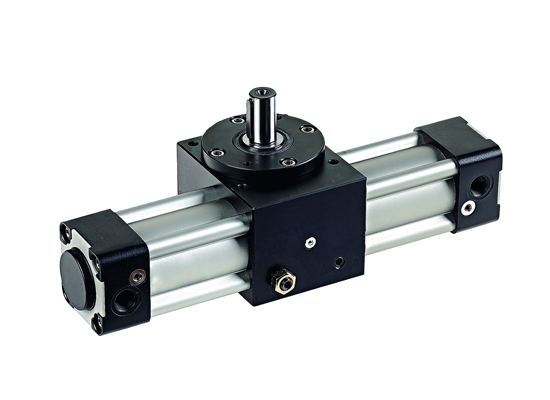
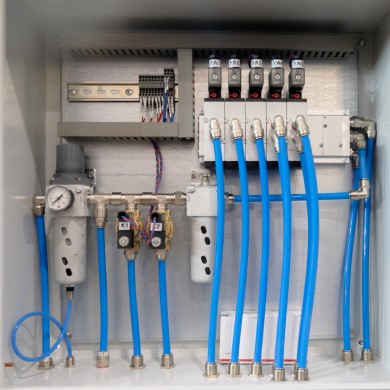
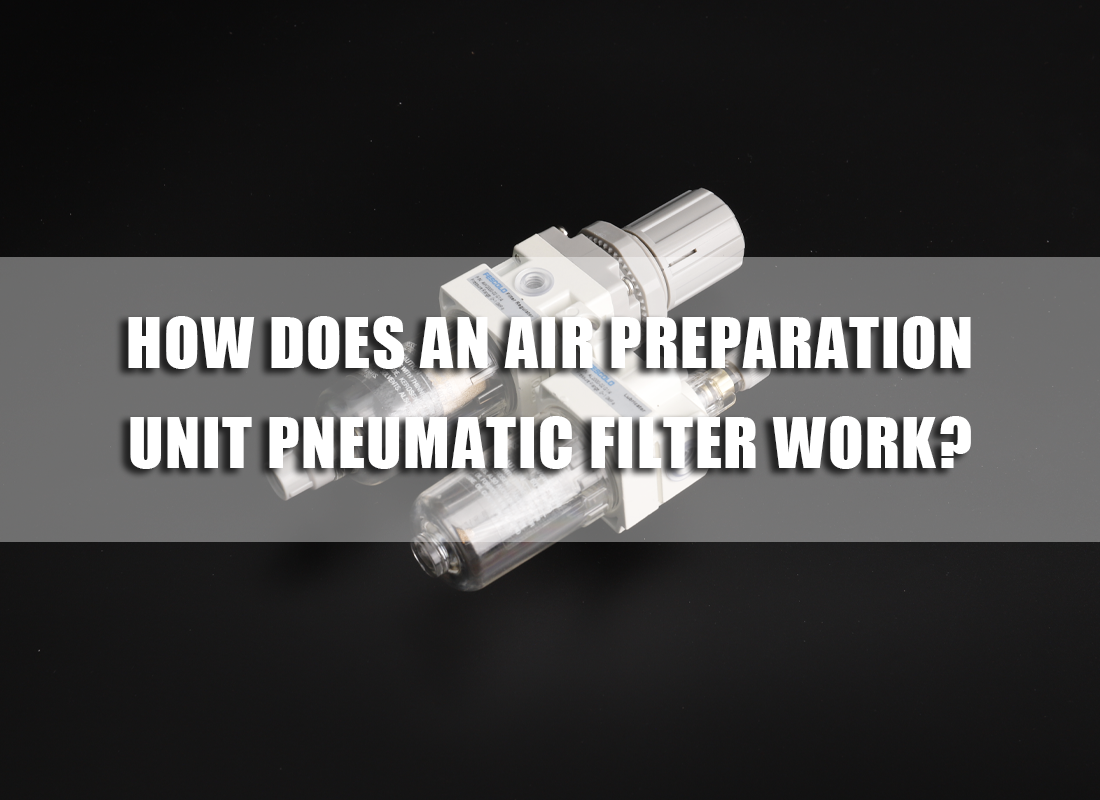
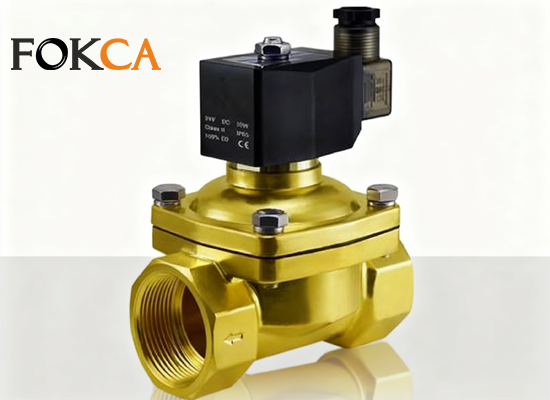
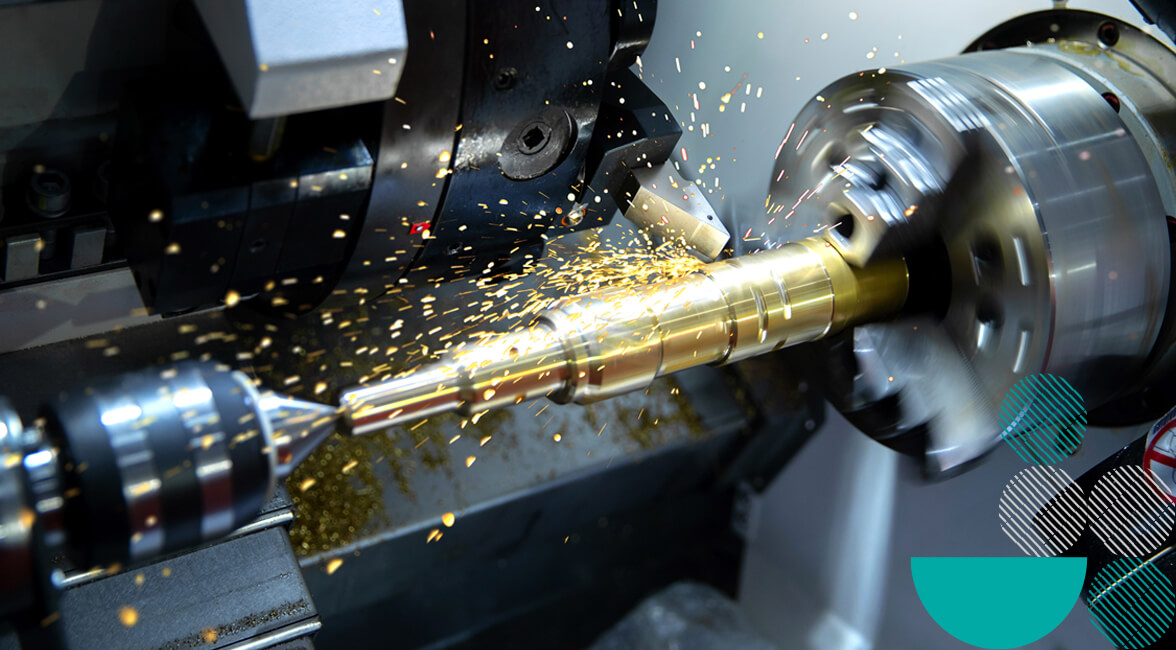
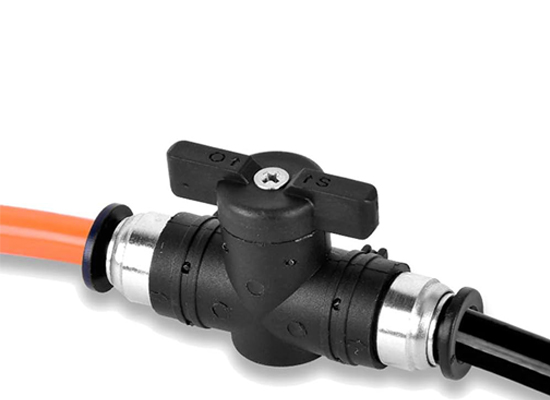
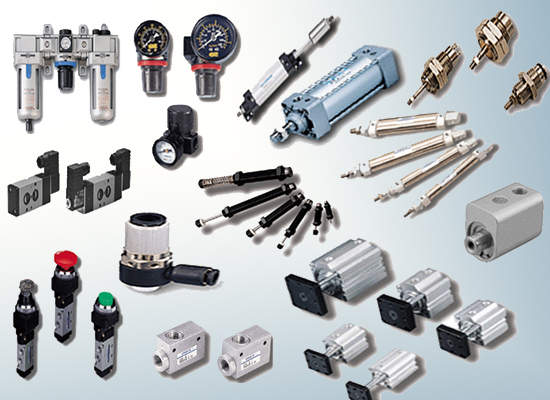

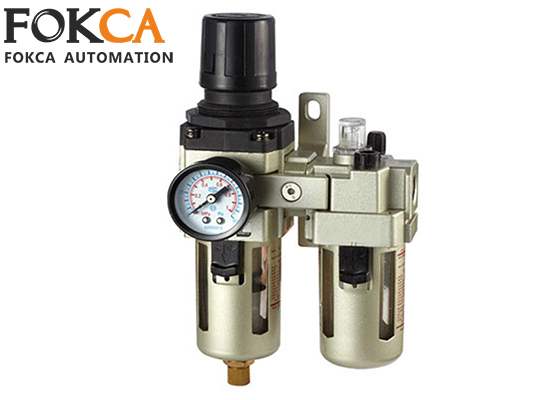

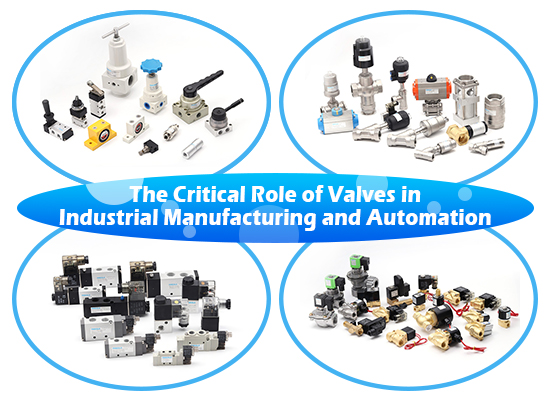
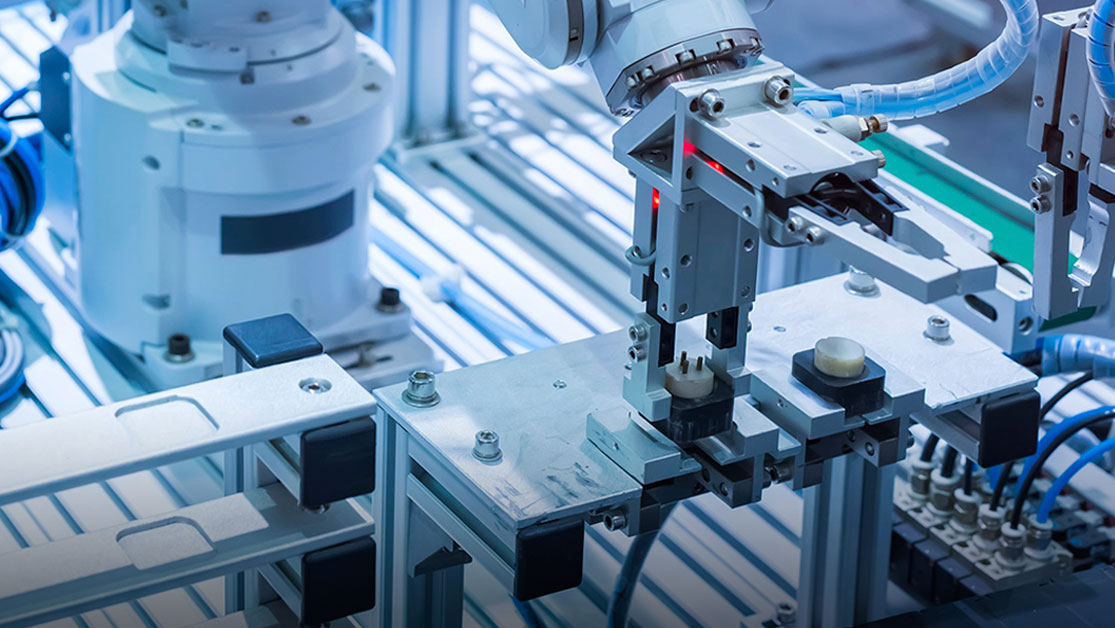
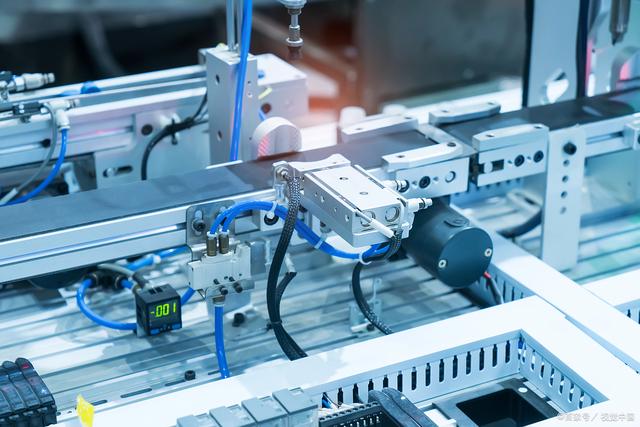
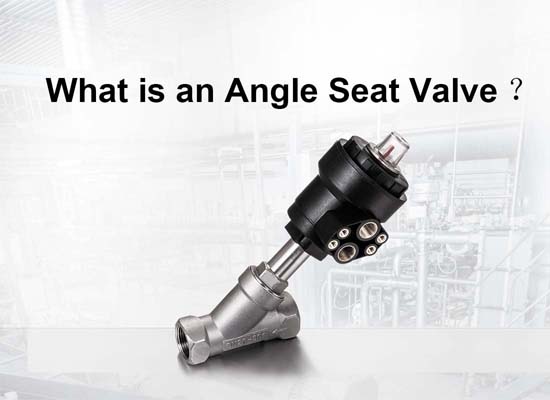
Apr 18, 2025 Blog
What is an Angle Seat Valve?Links: www.fescolo.com(Pneumatic)
FOKCA ©1998-2025 All Rights Reserved Sitemap